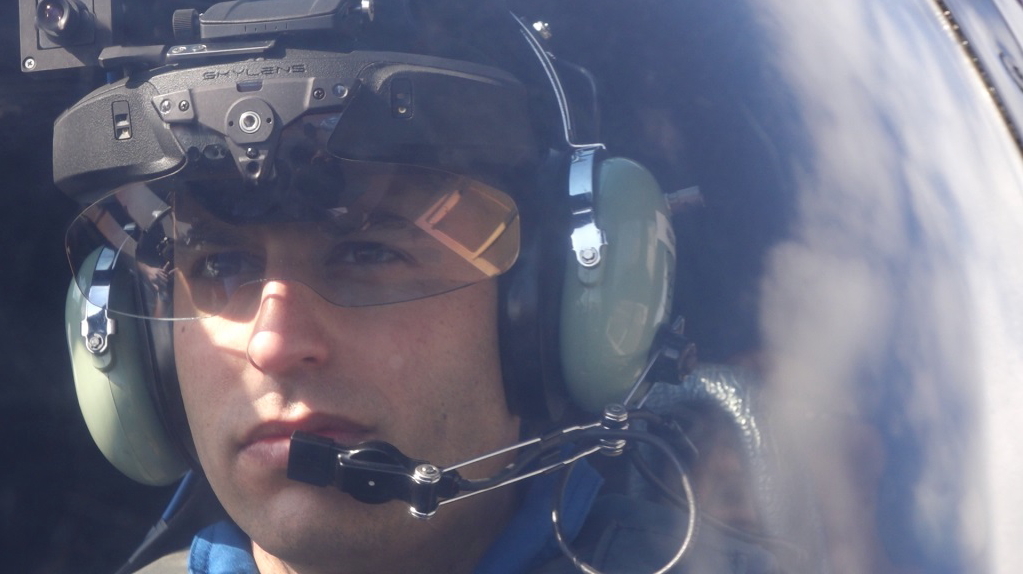|
Elbit Systems has teamed up with the U.S.
Federal Aviation Administration (FAA) as a research partner to
study operational concepts for the use of Enhanced Flight Vision
Systems (EFVS) in helicopters.
The study will help lay the
foundation for the future implementation of EFVS in rotorcraft.
While EFVS rules currently exist for approaches
to runways at airports, comparable regulations for EFVS do not
exist for helicopters flying to onshore or offshore helipads at
heliports.
In addition, the unique aspects of helicopter flight
and the visual cues generated require additional considerations
beyond the typical Head-Up Displays (HUDs) used today.
As
part of the study, Elbit Systems will install the Heli-ClearVision
EFVS in the FAA�s Sikorsky S-76 helicopter to be used as the
evaluation platform.

The system will include several subsystems
such as the revolutionary Skylens/SkyVis wearable Head Worn
Display, the HeliEVS, Synthetic Vision System (SVS) and a
Combined Vision System (CVS).
The study will consist of
several flights to assess operational concepts and sensor
characterization criteria for maintaining visual references/cues
during the visual segments of instrument approach procedures and
enhancing VFR (Visual Flight Rules) operations.
Flights are
planned to occur in different weather conditions (i.e.
visibility), times of day (day, night, twilight), and via
different approach types (i.e. LNAV, LPV).
The results of the
study will be used to evaluate the overall contribution of EFVS
technology to flight safety and operational effectiveness for
helicopters.
Yoram Shmuely, General Manager of Elbit Systems� Aerospace Division, said, �We are proud to cooperate with the FAA
in regulating enhanced vision operation for rotorcraft. This
technology will enable many lifesaving missions and will
significantly increase the safety of the flying crew.�
|
Headlines: |
|
See latest
HD Video
Interviews,
Podcasts
and other
news regarding:
Elbit Systems,
EFVS,
Flight Vision,
FAA,
Helicopters.
|

